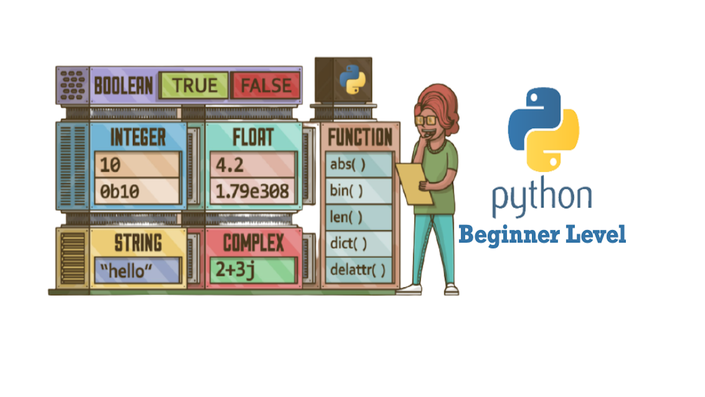
Python: Text & Numbers (Gr. 9-10)
Description
In this lesson, students are introduced to the fundamental data types in Python used to store and manage data, including Strings, Integers, and Floating-Point Numbers. Students will explore how the Python editor reads the input data and converts the data into different data types. This is known as Type Casting. Students will also learn how to use the ‘type()’ function to identify the data type of the input information and data.
Objectives
- Python Data Types
- Data type conversion (type casting)
- type() function which returns the data type
- input() function that takes user input
Curriculum Connections Summary
- Ontario - Mathematics & Computer Science
- Quebec - Coming Soon!
- New Brunswick - Coming Soon!
- Nova Scotia - Coming Soon!
- Alberta - Coming Soon!
- British Columbia - Coming Soon!
- Manitoba - Coming Soon!
- Prince Edward Island - Coming Soon!
- Saskatchewan - Coming Soon!
- Newfoundland & Labrador - Coming Soon!
- Yukon Territories - Follow's B.C.'s Curriculum
- Northwest Territories - Follows Alberta's Curriculum
- Nunavut - Follows Alberta's Curriculum
Find Out More

mBlock and Python Coding - The Programming Language of the Future
Python is an interpreted, object-oriented, high-level programming language with dynamic semantics. Python's simple, easy to learn syntax emphasizes readability and therefore reduces the cost of program maintenance. With mBlock, Python supports modules and packages, which encourages program modularity and code reuse. The Python interpreter and the extensive standard library are available in source or binary form.

